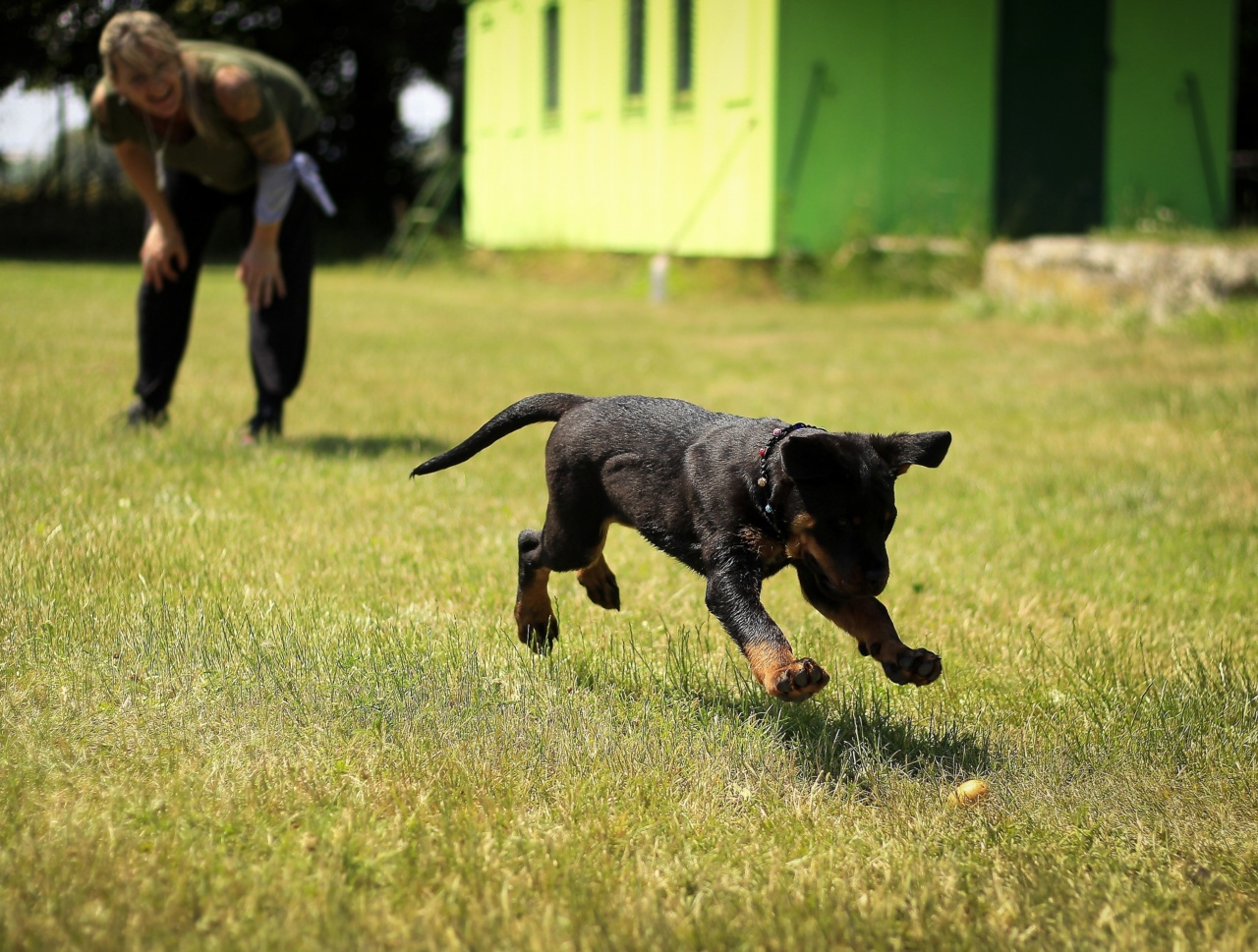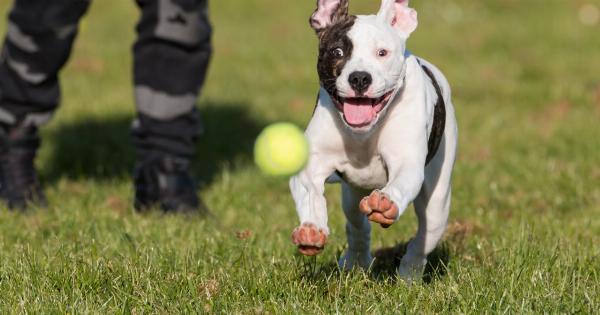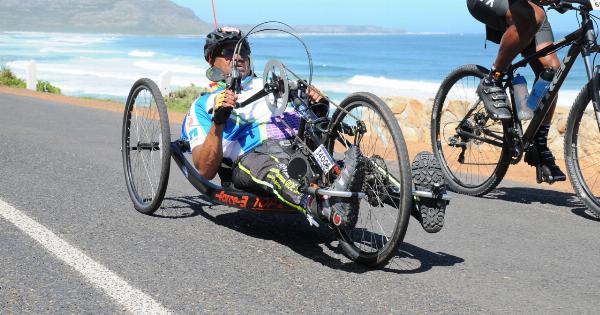Playing fetch is a classic game enjoyed by many dog owners and their furry companions. It seems so natural for dogs to chase after a thrown object and return it to their owner. However, not all dogs are eager to participate in this game.
If your dog seems uninterested or refuses to play fetch, you may be wondering why. In this article, we will explore some possible reasons behind your dog’s reluctance to play fetch and offer solutions to help spark their interest.
Possible Reasons Why Your Dog Doesn’t Want to Play Fetch
1. Lack of Interest.
Just like humans, dogs have their own preferences and interests. While many dogs enjoy chasing and retrieving objects, others may simply find fetch uninteresting.
It’s important to remember that not all dogs are the same, and what works for one may not work for another.
2. Lack of Training.
Fetch is a game that requires training and practice. If your dog has never been properly trained to play fetch, they may not understand the concept or see the value in it.
Training your dog with positive reinforcement techniques can help develop their fetching skills and make the game more enjoyable for them.
3. Fear or Anxiety.
In some cases, dogs may be afraid or anxious about certain objects or experiences. If your dog shows signs of fear or anxiety when you try to play fetch, it’s important to assess the situation and identify any potential triggers.
Working with a professional dog trainer or behaviorist can help address these fears and build your dog’s confidence.
4. Health Issues.
If your dog suddenly loses interest in playing fetch, it could be a sign of an underlying health issue. Pain or discomfort can make physical activities like running and fetching unappealing to dogs.
Schedule a check-up with your veterinarian to rule out any medical conditions that may be affecting your dog’s willingness to play.
5. Boredom.
Dogs are intelligent animals that require mental and physical stimulation. If your dog is not getting enough exercise or mental enrichment, they may become bored and uninterested in games like fetch.
Make sure your dog is getting enough daily exercise, playtime, and interactive toys to keep their minds engaged.
6. Age and Energy Level.
Young puppies and senior dogs may have less energy or endurance compared to their younger counterparts. Puppies may get easily distracted or tired during a game of fetch, while older dogs may prefer more relaxed activities.
Adjust the duration and intensity of the game to match your dog’s age and energy level.
7. Breed Traits.
Some dog breeds have been selectively bred for specific purposes, such as hunting or guarding, which may affect their interest in playing fetch.
Retrievers and sporting breeds, for example, are more likely to enjoy playing fetch due to their natural retrieving instincts. On the other hand, breeds not bred for retrieving may be less inclined to participate in this game.
8. Past Negative Experiences.
If your dog had a negative experience while playing fetch in the past, they may associate the game with fear, pain, or discomfort. It’s important to create positive associations with fetch by using rewards, praise, and gradual training techniques.
Building trust and confidence will help your dog overcome any negative associations they may have.
9. Environmental Distractions.
Playing fetch requires a quiet and controlled environment to minimize distractions. If you’re trying to play fetch in a noisy or chaotic setting, your dog may struggle to focus on the game.
Find a peaceful area free from distractions to increase your dog’s engagement and enthusiasm.
10. Lack of Bonding.
Playing fetch is not only a physical activity but also a bonding experience between you and your dog. If your dog doesn’t want to play fetch, it could be a sign of a weak bond or lack of trust.
Spend quality time bonding with your dog outside of fetch by engaging in other activities they enjoy. This will help strengthen your connection and make them more receptive to playing fetch.
How to Encourage Your Dog to Play Fetch
1. Start with a Positive Association.
Make fetch a positive and rewarding experience for your dog from the beginning. Use treats, praise, and enthusiastic encouragement when introducing the game. This will help create a positive association and make your dog more eager to participate.
2. Choose the Right Toy.
Not all dogs have the same preferences when it comes to toys. Experiment with different types of objects to find the one that your dog finds most enticing. Some dogs may prefer a soft plush toy, while others may be more attracted to a ball or a frisbee.
3. Gradual Introduction.
If your dog is hesitant or unsure about fetch, start by introducing the game in small steps. Begin by rewarding your dog for simply showing interest in the toy.
As they become more comfortable, gradually increase the expectations by encouraging them to touch or hold the toy.
4. Incorporate Training.
Teach your dog the basic commands involved in playing fetch, such as “take it” and “drop it.” Use positive reinforcement techniques, such as treats and praise, to reward your dog for following the commands correctly.
Consistent training will help your dog understand the rules of the game and enjoy playing fetch.
5. Play in a Controlled Environment.
Start playing fetch in a quiet and enclosed space to minimize distractions. This will help your dog focus on the game without getting easily distracted by external stimuli.
As your dog becomes more comfortable and skilled, you can gradually increase the difficulty level by playing in different environments.
6. Be Patient and Persistent.
Remember that every dog is unique and may require different amounts of time to warm up to the game of fetch. Be patient, consistent, and persistent in your training efforts.
Some dogs may take longer to develop an interest, but with time and practice, they can learn to enjoy fetch.
7. Make It Interactive.
Vary the game by incorporating interactive play. Instead of always throwing the toy in a straight line, try tossing it sideways or bouncing it off a wall. This will add variety and excitement to the game, making it more engaging for your dog.
8. Play with Other Dogs.
If your dog enjoys socializing with other dogs, invite a friend and their dog to join in on a game of fetch. Dogs often learn by observing and imitating each other, so watching another dog play fetch can inspire your dog to participate.
9. Keep It Short and Fun.
Avoid overdoing the game of fetch, especially in the beginning stages. Keep the sessions short and fun to prevent your dog from getting bored or tired. Gradually increase the duration as your dog’s interest and endurance improve.
10. Explore Alternatives.
If your dog continues to show no interest in playing fetch, it’s essential to respect their preferences and find alternative activities that they enjoy.
Consider trying other games, such as tug-of-war or hide-and-seek, that cater to your dog’s individual interests and strengths.
Conclusion
Remember that not all dogs have the same interests or preferences when it comes to playing fetch. It’s important to respect your dog’s individuality and find alternative activities that stimulate and engage them.
By understanding the possible reasons behind your dog’s reluctance to play fetch and applying the suggested solutions, you can enhance your bond with your furry friend and find enjoyable ways to spend quality time together.































